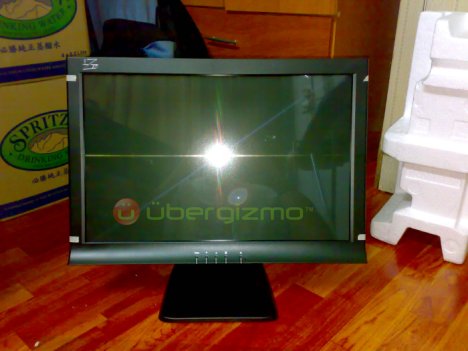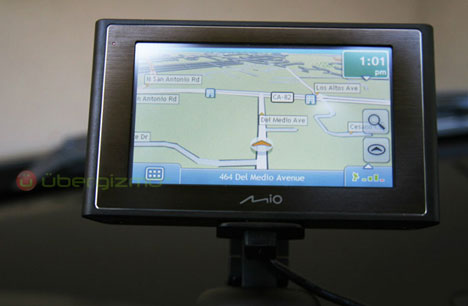2008 SAAB 9-3 Vector Review
Engine: 1910cc four-cylinder turbo diesel
Power: 110kW @ 4,000rpm
Torque: 320Nm @ 2,000 - 2,750rpm
Transmission: Sentronic Six-Speed Automatic
Driven Wheels: Front
0-100km/h: 11.0 seconds (Claimed)
Top speed: 210km/h (Claimed)
Safety: ESP (with TCS); ABS (with BA, CBC & EBD); Front, Side and Curtain Airbags
NCAP rating: 5 Stars
Turning circle: 10.8 metres
Wheels: Alloy 17? x 7.5? (As Tested - Usually 17? x 7?)
Spare Wheel: Space Saver
Fuel tank: 58 litres
Fuel consumption : 6.8 litre / 100km (ADR Combined Average)
Fuel type: Diesel
Towing Capacity: 1,600kg (Braked)
Weight: 1,509kg (Tare)
Take the 9-3 on face value and the car is quite impressive, rather stunning to look at and surprisingly comfortable to ride in, but start blending the various parts and practicalities together as a whole and you soon realise a few things could have been done a little better. Smooth parallel shoulder and hip lines carry unbroken through the length of the vehicle to a well finished rear end sporting frosted tail lights and high boot line.
 Upfront the 110kW 1.9 litre common-rail turbo diesel does a brilliant job of keeping things on the boil once moving and with thanks to a healthy 320Nm, pulls rather strongly mid gear. The down side however is that the performance suffers incredibly from (initial) turbo lag.
Upfront the 110kW 1.9 litre common-rail turbo diesel does a brilliant job of keeping things on the boil once moving and with thanks to a healthy 320Nm, pulls rather strongly mid gear. The down side however is that the performance suffers incredibly from (initial) turbo lag.
Braking though is good, reassuring, and a lot better than the 9-5, but the pedal feel is still somewhat firm and requires far more input than similarly priced European or Japanese rivals. Still the ABS with Brake Assist, Cornering Brake Control and Electronic Brake Force Distribution, brings the 9-3 to rest confidently and drew little in the way of messy black dust all over the sporty 17? alloys which was nice for a change come clean up time.
In all though SAAB 9-3 is a great looker, is cheap to run and is surprisingly comfortable. Whilst it does lack some of the driving finesse you?d expect of a premium brand, and though it could do with a little tweaking to satiate the needs of a fiercely fought price bracket, it?s has one unique thing going for it - people just love to admire it.
� Source: caradvice
We need your comments below >>













